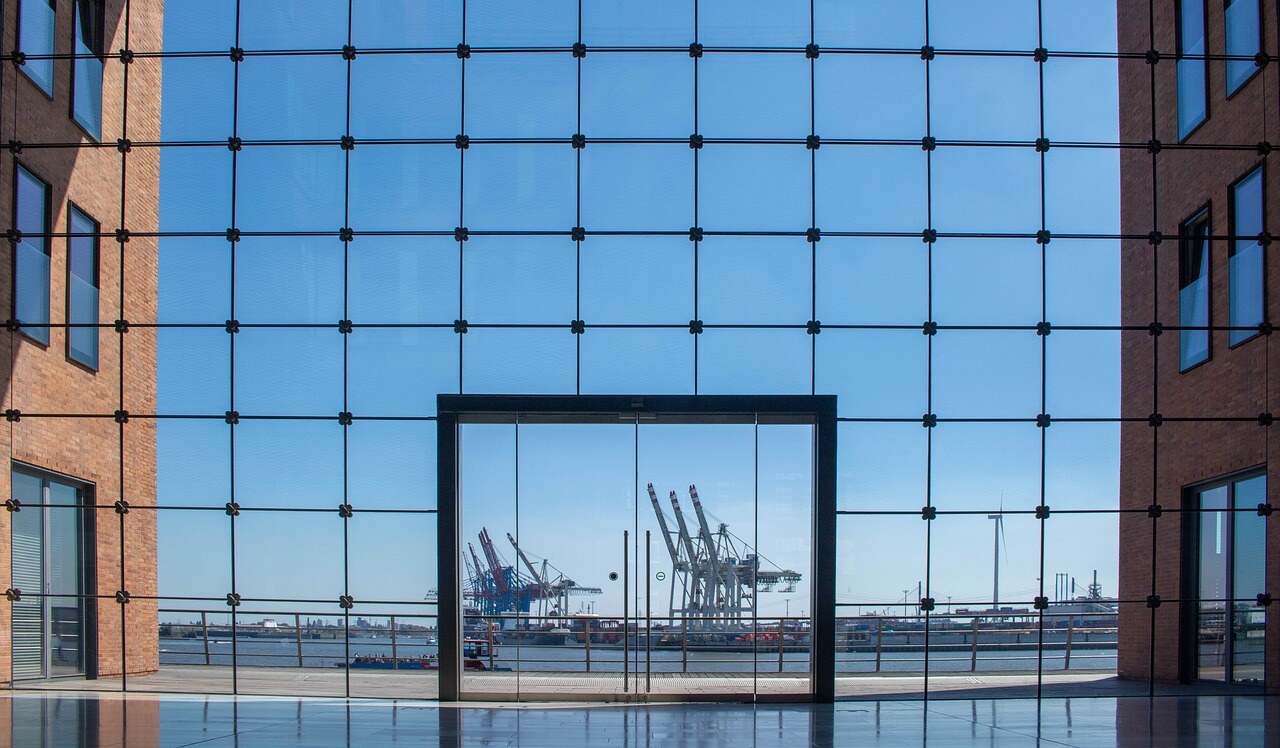Every organisation has a responsibility to help the planet address climate change by reducing its carbon emissions. A crucial step towards meeting this goal is developing and following a carbon reduction plan (CRP). In this article, we’ll explain what a CRP is and why it’s so valuable for your business.
What is a carbon reduction plan?
A carbon reduction plan is a document that outlines an organisation's goals for reducing its carbon footprint alongside the steps it plans to take to achieve them. It includes a baseline of the organisation's current emissions data alongside targets for reducing them over time.
CRPs are set against a specific standard such as the GHG Protocol, using science-based targets to calculate an accurate breakdown of your greenhouse gas emissions. The CRP should also map out the action needed to reduce and eventually eliminate these emissions. These can include several measures ranging from improving energy efficiency, switching to renewable energy sources and changing employee behaviour.
Why does my organisation need a carbon reduction plan?
Climate change has become so advanced that we must all take direct action to reduce our carbon footprint. The UK government has established the target of cutting emissions by 68% before 2030 ahead of achieving net zero emissions by 2050. Businesses will play a crucial in fulfilling these commitments.
A CRP will help you reduce your organisation’s environmental impact in order to achieve net zero by 2050 by both setting clear targets and the strategic platform to achieve them. You can also use it to fully break down your GHG emissions into different categories, which will be particularly useful when tackling your more complex scope 3 emissions.
You can view a CRP as your organisation's toolkit to play its role in meeting these net zero targets. It is essential to its success in fulfilling them. You may make modest progress on reducing emissions without a CRP by changing how your organisation operates and adopting more sustainable practices. However, only a CRP will give you the clarity to understand the full extent of what you need to do while building the pathway for you to do so.
What are the benefits of a carbon reduction plan?
CRPs can be significant undertakings when taking into consideration the resulting work that follows their creation, which can understandably feel daunting for businesses of any size. Creating one, however, is loaded with opportunity. As a CRP helps an organisation work towards achieving net zero emissions, this paves the way to reap the benefits lower carbon emissions bring. The first of which is saving money. Energy costs are often a significant expense, so taking action to reduce your energy consumption can lead to equally significant savings.
It also makes you much more resilient to government regulation, both current and in the future. A CRP will allow you to capitalise on the findings from fulfilling your ESOS obligations if you are required to comply (the ESOS Phase 3 deadline and requirements have now both changed). There has been speculation that as we get closer to 2050 the threshold for ESOS-qualifying businesses will be lowered with other regulations potentially introduced. And if you are a business that wants to win public sector contracts worth more than £5 million, you must now have a CRP to fulfil PPN 06/21 as part of the bidding process.
Lowering emissions will also help you satisfy stakeholders beyond the government, especially if you are transparent and share your CRP and progress with them. Doing so improves your reputation and brand and can help attract and retain investors, customers and employees. The BSI recently found that "94% of consumers said proper verification of a business' environmental claim was important to them", while many employees are now looking to support and work for organisations committed to sustainability. 78% of investors want companies to focus on environmental, social, and governance (ESG) activity, with more investors seeing robust sustainable planning as integral to the long term success of a business. A CRP proves how serious your organisation is about reducing its environmental impact and becoming more sustainable, reassuring all parties.
Can my business deliver its own carbon reduction plan?
In theory, yes. Developing a CRP is something you can do yourself through either specialist employees or upskilling current ones. There’s a free template available from the UK government website (click here to download) which is a solid place to start if you're approaching a CRP as a novice.
In reality, it may make more sense to seek support as calculating your emissions can be difficult. It will involve logging a wide range of data, from easily trackable activities such as employee commuting and business travel to more complex calculations across your supply chain. You can make this easier by investing in a carbon reporting platform to automate and simplify your carbon accounting or looking for more specialist and bespoke support from a consultant.
What is right for you will depend on the resources available to your organisation as well as the scale of the task ahead. It’s always wise to explore your options through commitment-free advice. If you're keen to know more about what a CRP could deliver for your organisation, you can book a call with one of our net zero experts through the form below.






